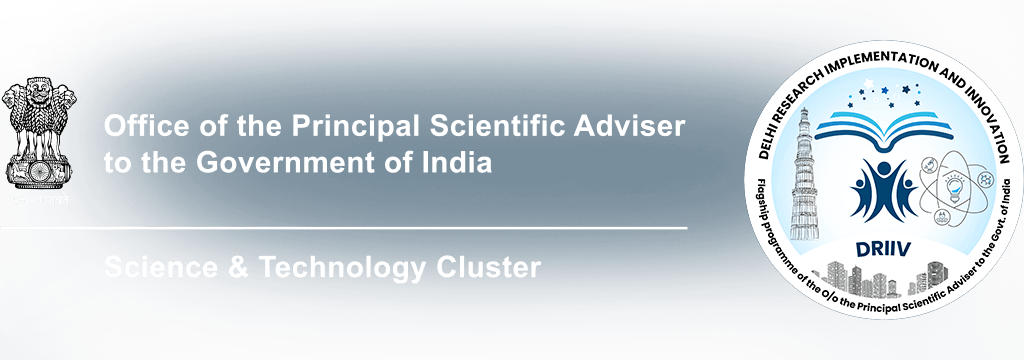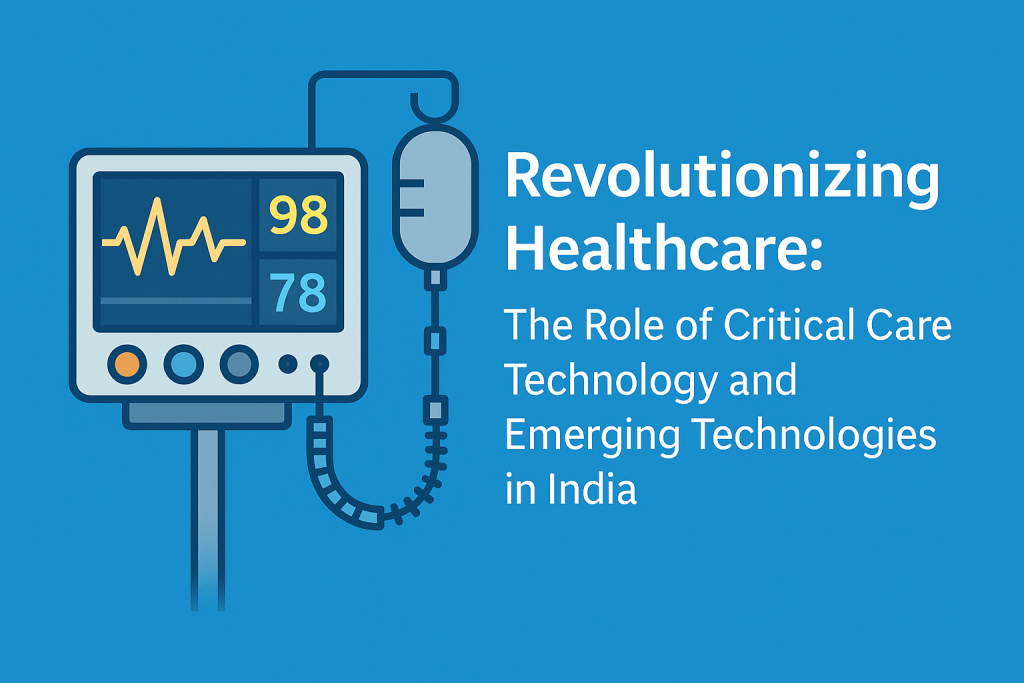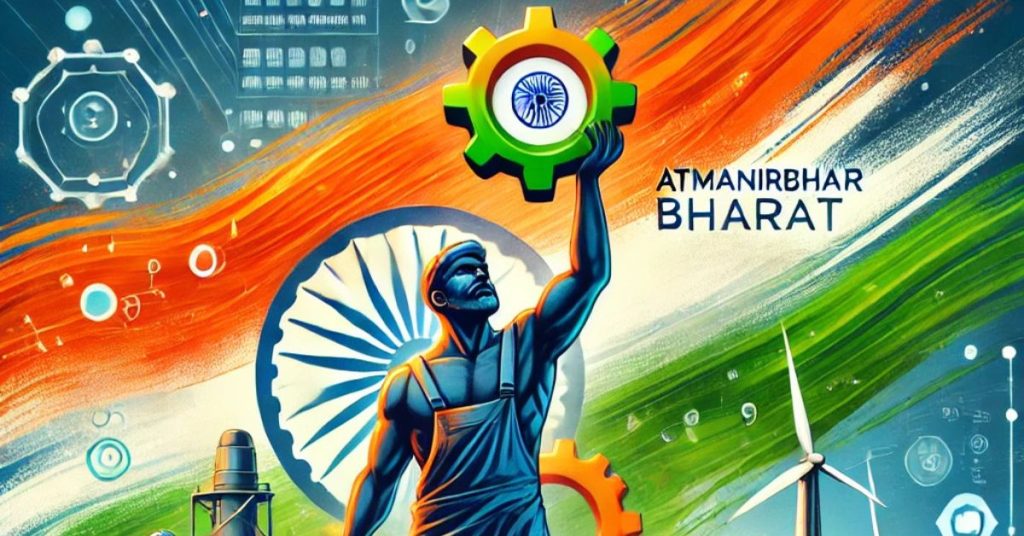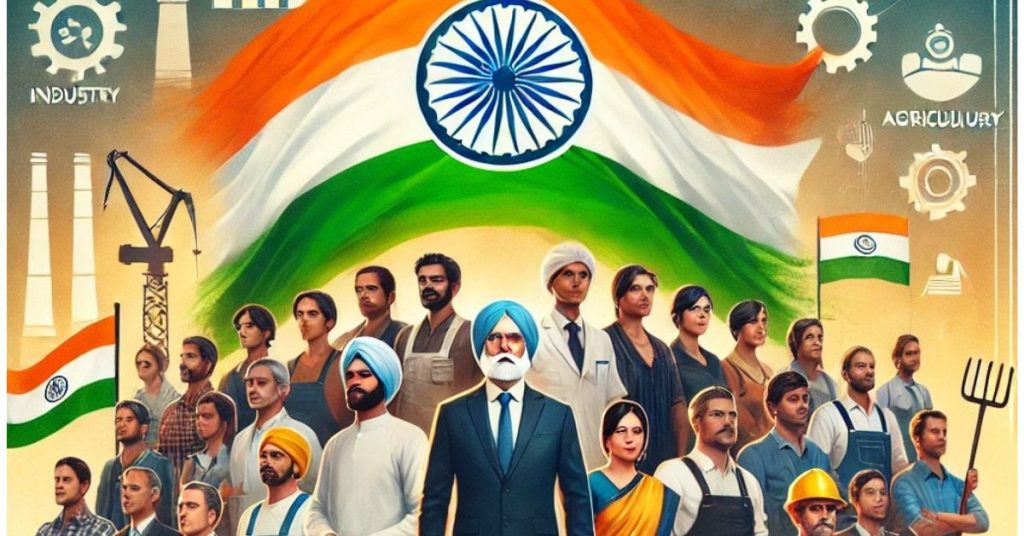India is undergoing a major transformation in the field of healthcare. With the introduction of new emerging technologies, especially in critical care technology, hospitals and healthcare providers are now better equipped to save lives and improve patient outcomes. At DRIIV, we believe that technology can make a huge difference in how we treat critical illnesses and manage emergency care.
In this blog, we will explore how critical technology is changing the healthcare landscape, what new technology in India looks like today, and how latest emerging technologies are shaping the future of patient care.
What is Critical Care Technology?
Critical care technology refers to the tools, machines, and systems used in intensive care units (ICUs) and emergency settings to support and monitor patients with life-threatening conditions. These include:
- Ventilators that help patients breathe
- Monitors that track vital signs like heart rate and oxygen levels
- Infusion pumps that deliver medications and fluids
- Imaging equipment like portable X-rays and ultrasound machines
- Electronic Health Records (EHRs) to keep track of patient information
The main goal of critical care technology is to provide real-time support, monitor a patient’s health closely, and react quickly in emergencies.
New Technology in India: A Rising Trend
In recent years, the development and use of new technology in India have grown rapidly, especially in the medical sector. Indian startups and health-tech companies are building smart devices, software platforms, and AI-based tools to improve critical care.
Some examples include:
- AI-powered diagnostic tools that help doctors detect diseases faster
- Telemedicine platforms that connect patients to doctors remotely
- Wearable health monitors that track vitals at home
- Robotics in surgery for more precise operations
This shows that India is not just adopting technology but also creating it. Our country is becoming a hub for new emerging technologies that solve real healthcare problems.
The Importance of Critical Technology in Indian Hospitals
With a growing population and increasing cases of chronic diseases, Indian hospitals need to be equipped with critical technology to handle emergencies effectively. The COVID-19 pandemic showed us how essential ventilators, oxygen supply systems, and real-time monitoring tools are.
Hospitals using the latest technology in India can:
- Improve survival rates of critically ill patients
- Reduce human errors through automation
- Increase efficiency in emergency response
- Provide personalized treatment based on data
These benefits are pushing more hospitals in both cities and rural areas to invest in critical care technology.
Latest Emerging Technologies in Critical Care
Now let’s look at some of the latest emerging technologies that are making a difference in ICUs and emergency rooms:
1. Artificial Intelligence (AI) and Machine Learning (ML)
AI tools can analyze a patient’s condition faster than humans. They can predict health risks, suggest treatments, and even warn doctors before a patient’s condition worsens.
2. Internet of Medical Things (IoMT)
IoMT includes smart devices that are connected to the internet. These devices can send patient data in real-time to doctors and nurses, allowing them to respond quickly.
3. Portable Diagnostic Devices
Compact machines can now perform blood tests, ECGs, and other diagnostics at the bedside. This reduces delays in treatment and speeds up decision-making.
4. Tele-ICU
Tele-ICUs allow expert doctors to monitor patients remotely through video and data feeds. This is helpful for hospitals in remote areas with a shortage of specialists.
5. Smart Alarms and Predictive Monitoring
Modern ICU monitors don’t just beep when something goes wrong. They use AI to analyze data and warn medical staff even before an issue becomes critical.
At DRIIV, we support innovation in critical care technology by working with researchers, healthcare providers, and government bodies to promote the use of these new emerging technologies.
Challenges and the Way Forward
Even though critical technology and emerging technologies are growing in India, there are some challenges:
Cost: High-tech machines and devices are expensive.
Training: Medical staff need to be trained to use new systems.
Infrastructure: Some rural areas lack internet or power supply needed for advanced technology.
Maintenance: Advanced devices need regular servicing and updates.
To solve these issues, DRIIV is working with partners to:
- Support affordable innovations made in India
- Train healthcare workers in the latest tools
- Improve infrastructure for hospitals and clinics
- Promote research in critical care technology
With continued efforts, India can become a global leader in healthcare innovation.
How DRIIV is Contributing
DRIIV (Delhi Research Implementation and Innovation) is a mission-driven organization promoting science, innovation, and technology for real-world impact. In the healthcare sector, we:
- Collaborate with medical institutions to implement critical care technology
- Encourage startups to develop new technology in India
- Support projects using latest technology in India for better patient outcomes
- Promote research in critical technology and latest emerging technologies
By bringing together scientists, engineers, doctors, and policymakers, DRIIV helps build a future where everyone has access to high-quality, technology-enabled healthcare.
Conclusion
The future of healthcare in India is bright, thanks to the rise of critical care technology and new emerging technologies. These tools are saving lives, improving hospital systems, and providing hope for millions of people. At DRIIV, we are proud to be part of this transformation and are committed to promoting the latest technology in India for a healthier tomorrow.
If you want to learn more about how DRIIV supports innovation in healthcare, get in touch with us today.
Frequently Asked Questions (FAQs)
1. What is critical care technology?
Critical care technology includes machines and tools used in intensive care units (ICUs) to monitor and treat patients with serious illnesses or injuries.
2. What are some examples of new technology in India’s healthcare system?
Examples include AI-powered diagnostics, wearable health devices, robotic surgery systems, and telemedicine platforms.
3. Why is critical technology important in hospitals?
It helps save lives by providing real-time monitoring, improving treatment accuracy, and allowing faster responses in emergency situations.
4. What are emerging technologies in healthcare?
Emerging technologies include AI, IoMT, tele-ICUs, smart alarms, and portable diagnostic tools that are still developing but show great promise.
5. How is DRIIV helping in this space?
DRIIV works with researchers, healthcare providers, and startups to promote the use of critical care technology and latest emerging technologies for real-world healthcare improvement.




